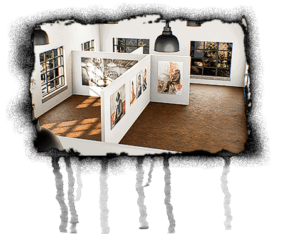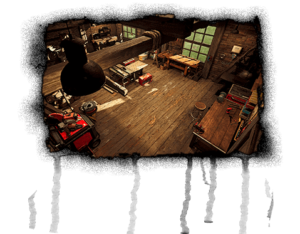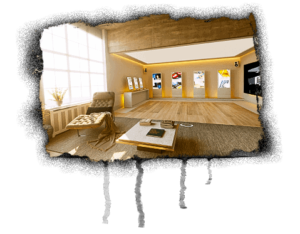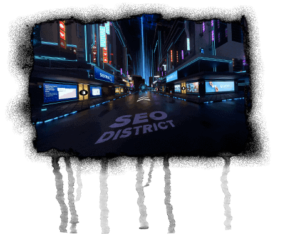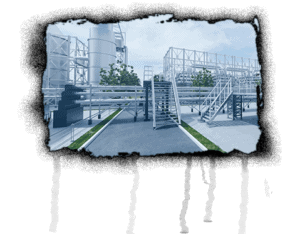time lapse
Time lapse (referred to as “timelapse” in English) is considered a creative technique in filming and editing videos. It is used to represent a real event in accelerated form. This effect can be achieved through a combination of exposure and a significant increase in the frame rate, i.e. the number of images (frames) that are shown in the video per second. Time-lapse videos contain a special dynamic – especially when night falls in a matter of seconds or a closed flower unfolds its full beauty at an impressive speed. Movements that the human eye cannot perceive in real time are classic motifs for time-lapse photographs and films. The opposite of time lapse is slow motion.

How is a timelapse created?
Time-lapse recordings are played back as video. However, a sequence of still images serves as the basis. In the case of short sequences, the individual film images can be recorded manually with the camera. For longer recordings, single-image motors or switching devices (pulse generators) and trigger magnets are used. In order to protect the recordings from shaking, it is advisable to use a tripod on a solid surface. Later, the resulting sequence is converted into a video using video editing. Typically, time-lapse videos play back at a speed of 24 to 30 fps (frames per second). Accordingly, 240 or 300 individual images are required for an interval of ten seconds. It should be noted that the frame rate depends heavily on the subject being filmed. If the camera does not remain static, but instead moves its location continuously over large distances, experts speak of hyperlapse or stop-motion time-lapse.
What technique do you use to create time-lapse recordings?
In addition to cameras, most DSLR and video cameras today have an integrated time-lapse mode in their settings. Recordings from video cameras are later accelerated so much in the video editing that they run within a few seconds and thus achieve the desired time-lapse effect. Thanks to special software, it is even possible to make subsequent corrections with regard to exposure, movement, lens and perspective. The camera apps of modern smartphones and tablets are also usually equipped with a function for time-lapse recordings.
